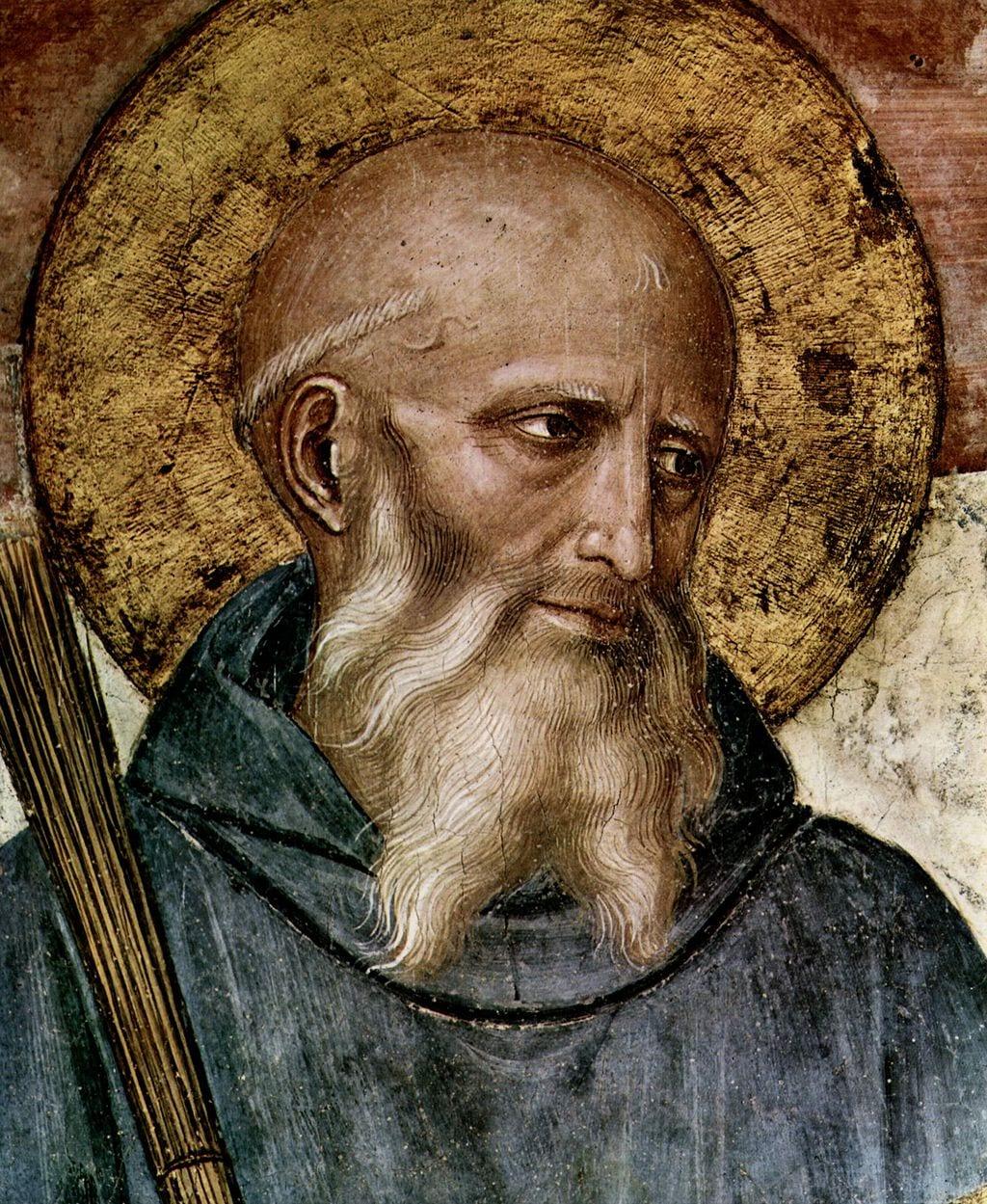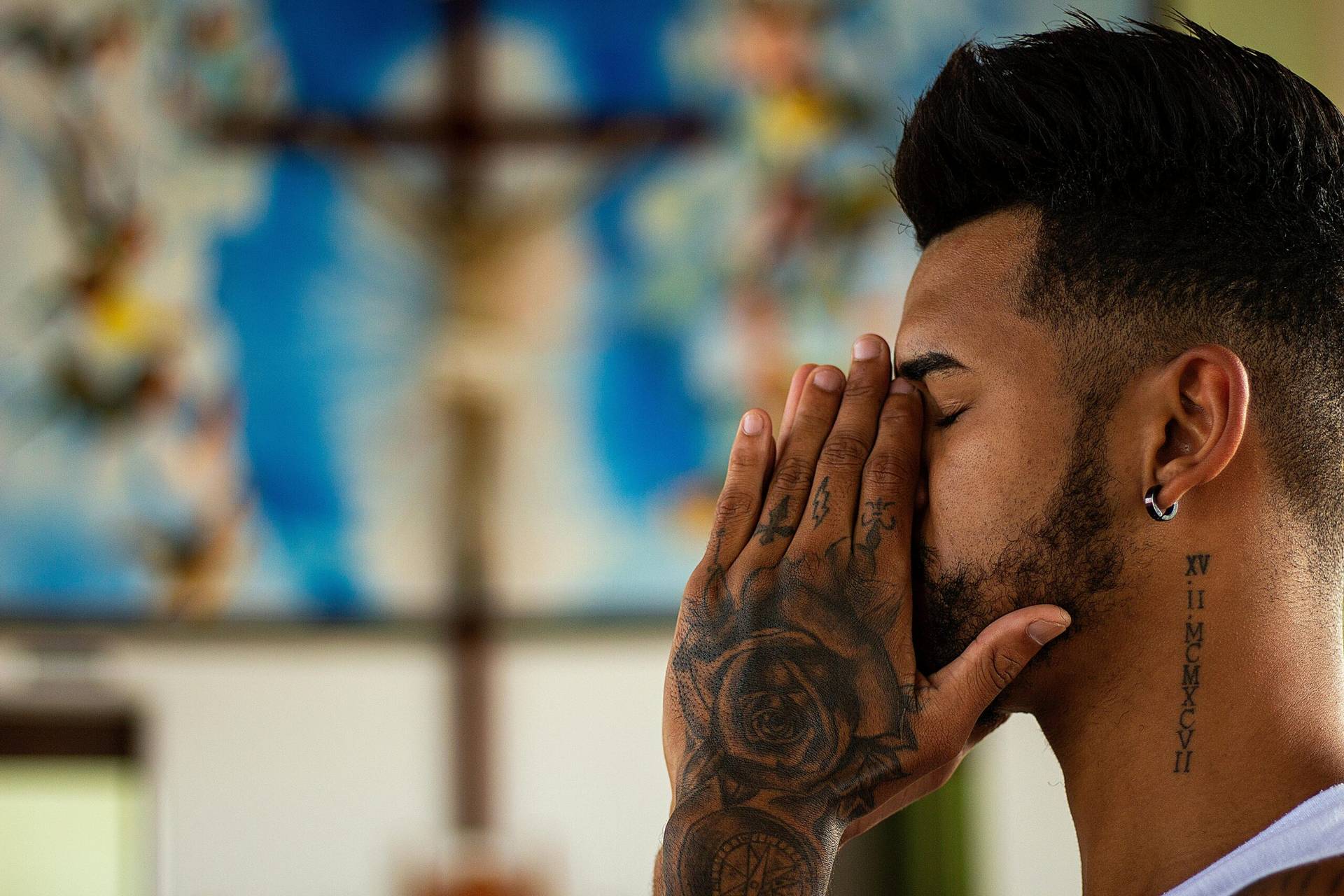This coming week, Christian believers will celebrate the feast day of Saint Benedict of Norcia. The early sixth century saint still shines as one of Western culture’s brightest lights. And yet, of all the things that can rightly be said about him, sometimes the most obvious is missed. When the young saint found himself desolate and confused, what did he do?
Rather than accepting a life of bitterness, or joining in the debauchery of his day, or allowing himself to be overwhelmed by darkness and attempting to take his own life, Benedict chose a different option.
The historical record is accurate in recounting Benedict’s synthesizing of the Eastern eremitical and monastic traditions, and his subsequent formalization of Western monasticism by his well-balanced and famous Rule, which describes the structure, responsibilities, and harmony of a monastic community.
It’s also appropriate to note Benedict’s zeal with which he labored in creating monasteries throughout Italy, which led to monasteries being formed throughout Europe and eventually throughout the entire world (including Belmont Abbey in the area of Charlotte, North Carolina).
While these accolades should rightly be made and properly acknowledged, it’s worth pointing out again that the most obvious – and most impressive – thing about this saint is oftentimes overlooked or unappreciated, namely, what he did with a state of affairs that he didn’t want and couldn’t fix.
Benedict was from a wealthy and established family. He grew up shortly after the implosion of the great Roman Empire, and his life was surrounded by the chaos that follows such a monumental cultural shock and re-structuring. In spite of the social instability, the comfortability of Benedict’s family provided him with a relatively normal childhood and experience of life. And so, when the young Benedict went to Rome for his education, he was appalled by the disorder and turmoil in society and the licentiousness and corruption of its leaders. He found himself existentially dissatisfied and completely unhappy.
What did Benedict do?
The melancholy, which is felt by so many in our own day by a state of affairs that cannot be controlled, from divorce and familial dysfunction, unemployment and opioid addictions, personal debt and healthcare coverage, rising costs and legal status, can be helped by the response Benedict gave. He didn’t drink himself into stupor, or seek to profit from the corruption, or end it all in some suicidal fashion, or become a part of the problem in any way.
No, in spite of all worldly options, Benedict chose to reject the prevalent darkness, take the good into his own heart, and remove himself from the chaos.
Does this mean that the saint abandoned everything and just fled? Does it mean that he left with a disgruntled or angry heart? Did Benedict just quit, giving a kind of passive “I’m out of here! You all are on your own!” And, if not, then why did he leave and what was he looking for?
The answers to these questions can be found in the small cave where Benedict first lived. The young man left Rome and made his way to the mountainous area of Subiaco, which is just a few miles outside of Rome. Not too close, but not too far. When he arrived in Subiaco, Benedict wasn’t seeking to start a massive counter-reform of a wayward society. He wasn’t thinking about starting a universal monastic order to preserve and stabilize civilization. No, these actually came later and developed as a consequence of what Benedict was really looking for in Subiaco.
In the popular cave of Subiaco, which is still visited to this day by countless pilgrims (including myself and many friends when we were seminarians in Rome), the answer to our overriding question – What was Benedict looking for? – is literally written on the floor of the entrance. The unmissable answer is oftentimes missed. In simple mosaic, the answer is given: “Pax.”
Yes, Benedict was looking for pax, that is, he desired peace. He wanted peace in his own soul, peace with creation, peace with his fellow human beings, and peace with God. He did not flee from an “evil world,” but stepped aside from it so that he might be an instrument of goodness. There was no wrath or bitterness, only a gentle soul pursuing righteousness and tranquility.
Benedict did not abandon the world. He took the world into his heart and sought to make his life an oblation of peace and holiness. Benedict did not forsake the human family. He simply followed a different path and offered that path to others (and still offers it to others in a spiritual way to this day).
In our own times, when so many people are emotionally or physically suffering due to the evils of our world, Benedict models a search for interior harmony. When life can appear to be a series of disappointments and uncertainties, Benedict’s path to tranquility is offered to us again. And when so many among us (even those of great prominence) are choosing suicide or addictions to address their hurts and grievances, the transparency of the great Saint Benedict and his quest for peace, which he found and celebrated in God, is proposed to each of us again.















